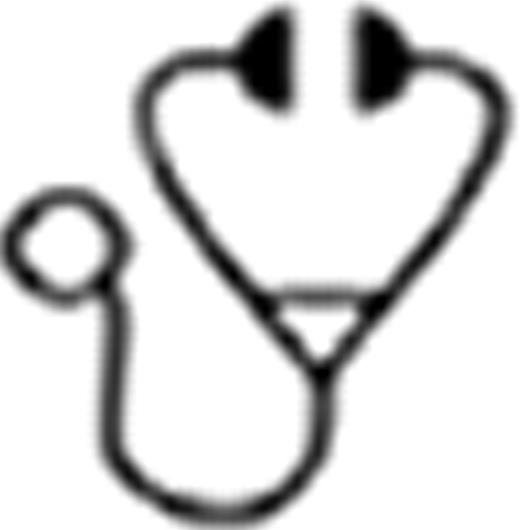Abstract
Abstract  593
593
Treatment of patients with myelodysplastic syndrome (MDS) relapsing after allo-SCT remains disappointing and prognostic factors for outcome are still unclear. Several therapeutic approaches are offered to those patients including: palliative and supportive care, intensive chemotherapy (ICT), demethylating agents (DMA) and immunotherapy with either donor lymphocyte infusion (DLI) or second allo-SCT. The aim of this study was to identify predictive factors for outcome and to investigate the impact of different treatment groups on survival.
We report a retrospective study on 137 consecutive MDS patients who relapsed after allo-SCT between Jul 1999 and March 2011 in 19 French and Belgian centers. Data quality was ensured using computerized discrepancy errors and vigorous on-site data verification of every single file. HLA matching was double-checked by the French Bone Marrow Donor Registry.
At diagnosis, 61 patients presented RA/RARS/RCMD, 27 RAEB1 and 49 RAEB2 according the WHO classification. Cytogenetic was unfavorable in 47 patients (35%) while 76 patients (57%) had IPSS Int-2 or High and 52 (39%) had progressed to a more advanced disease before allo-SCT. At transplant, 62 patients (47%) were considered responders (in CR or PR), while 70 were transplanted with progressive disease (untreated, stable without hematological improvement, relapsed or refractory disease). Patients received either myeloablative (MAC) (n=38) or nonmyeloablative (RIC) (n=99) conditioning. Source of stem cells was BM (n=40) or PBSC (n=97) from sibling (n=89) or allele well-matched unrelated (10/10) (n=48) donors. Median age at relapse was 57 years (range, 19–70). Patients aged <18 years and those who received graft from either cord blood or mismatched donor were excluded.
Post-transplant relapse occurred after a median time of 6 months (range, 0.8–102). Of the 109 evaluable patients 62 (57%) had >= 10% of marrow blasts, of whom 38 had >= 20%. At the time of relapse, 61 patients were still under immunosuppressive treatment which was quickly stopped in all of them. For the analysis, patients were divided into three groups according to ultimate salvage received treatment as follows: palliative and supportive care (PSC-group) (n=42, 31%), cytoreductive treatment alone (CRT-group) [DMA (n=18, 13%) and ICT (n= 11, 8%)] and immunotherapy preceded or not by a CRT (IT-group) [DLI (n=48, 35%) and second allo-SCT (n=18, 13%)]. With a median follow-up of 33 months from the relapse, estimated 2-year overall survival was 2.4%, 6.7% and 30.3% for the PSC-group, CRT-group and IT-group, respectively (p<.0001). In multivariate analysis, 3 independent factors have been identified: the absence of immunotherapy HR= 1.45 [95% IC= 1.25–1.69, p<.0001], early relapse within 6 months after transplant, HR=2.71 [95% IC= 1.66–4.45, p<.0001] and marrow blasts at relapse >= 10%, HR=2.56 [95% IC= 1.55–4.22, p<.0001].
This study shows that salvage immunotherapy (DLI or second allo-SCT) provides the best results and should, whenever possible, be offered to patients with MDS who relapse after allo-SCT especially those with low tumor burden.
Patients who received cytoreductive treatment alone (be it chemotherapy or DMA) had less satisfactory outcome. Our results emphasize the need to perform prospective protocols combining cytoreductive treatments and immunotherapy.
No relevant conflicts of interest to declare.
Author notes
Asterisk with author names denotes non-ASH members.

This icon denotes a clinically relevant abstract

This feature is available to Subscribers Only
Sign In or Create an Account Close Modal